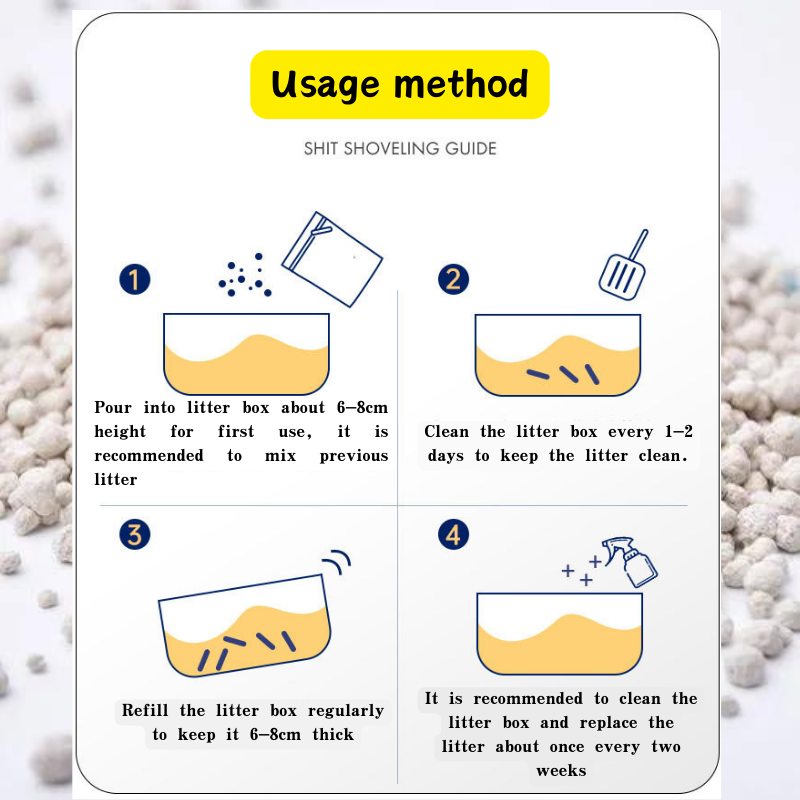
Exploring the Benefits of China Silica Fume as a High-Performance Pozzolan in Construction
Exploring the Role of China Silica Fume as a Pozzolan
Silica fume, a fine particulate material, has emerged as a crucial ingredient in the formulation of high-performance concrete, particularly within the context of construction practices in China. As a byproduct of silicon and ferrosilicon metal production, this pozzolanic material has garnered attention for its ability to enhance concrete's properties significantly. This article delves into the characteristics of silica fume, its performance enhancements in concrete applications, and the current trends and challenges in utilizing this industrial waste effectively in the Chinese construction industry.
Exploring the Role of China Silica Fume as a Pozzolan
In the context of construction in China, where rapid urbanization and infrastructure development are at the forefront, the demand for high-quality concrete is paramount. The use of silica fume as a pozzolan helps to achieve higher compressive strengths and better durability. Studies have shown that concrete incorporating silica fume can yield compressive strengths exceeding 100 MPa, significantly improving the material's performance in load-bearing applications. These improvements are particularly beneficial for high-rise buildings, bridges, and other critical infrastructure projects that require the highest standards of safety and longevity.
china silica fume pozzolan

Moreover, the incorporation of silica fume into concrete mixes contributes positively to sustainability efforts within the construction industry. By utilizing this byproduct, it reduces the dependency on traditional cement, which is responsible for substantial carbon emissions during its production. The production of silica fume not only recycles industrial waste but also aids in reducing the overall carbon footprint of concrete by lowering the required amount of ordinary Portland cement in mixes. This transition toward more sustainable construction practices aligns with global trends focused on reducing environmental impacts.
Despite its advantages, challenges remain in the widespread adoption of silica fume in China. One of the significant hurdles is the proper handling and mixing of silica fume in concrete due to its ultra-fine nature. Its high surface area requires careful dosing and mixing techniques to avoid segregation and ensure uniform distribution within the concrete. Additionally, considerations related to cost and availability can also impact its use. While silica fume offers performance benefits, ensuring it is accessible and affordable for all construction projects, especially smaller-scale ventures, is vital for its broader application.
Recent developments are promising, as the Chinese government and various industry stakeholders are increasingly acknowledging the importance of sustainable materials like silica fume. Research and development efforts aimed at optimizing the use of silica fume in various concrete applications are underway. As construction practices evolve, there is a hopeful outlook toward innovations that could enhance the scalability of silica fume usage, ensuring its benefits reach a wider audience in the construction sector.
In conclusion, silica fume stands out as a valuable pozzolan in enhancing concrete performance within the construction landscape of China. Its contribution to strength, durability, and sustainability highlights its importance as the country continues to expand and modernize its infrastructure. As challenges are addressed and innovative solutions are implemented, silica fume will undoubtedly play a significant role in the future of concrete construction in China and beyond.
Share
-
Premium Pigment Supplier Custom Solutions & Bulk OrdersNewsMay.30,2025
-
Top China Slag Fly Ash Manufacturer OEM Factory SolutionsNewsMay.30,2025
-
Natural Lava Rock & Pumice for Landscaping Durable Volcanic SolutionsNewsMay.30,2025
-
Custom Micro Silica Fume Powder Manufacturers High-Purity SolutionsNewsMay.29,2025
-
Custom Mica Powder Pigment Manufacturers Vibrant Colors & Bulk OrdersNewsMay.29,2025
-
Custom Micro Silica Fume Powder Manufacturers Premium QualityNewsMay.29,2025






